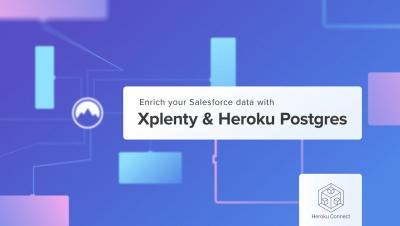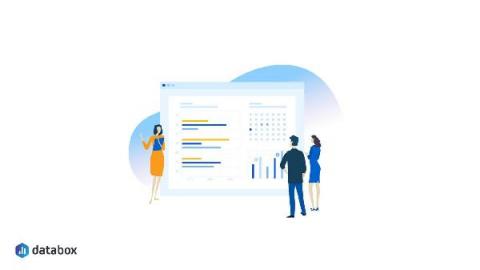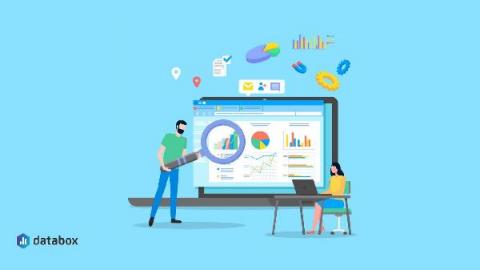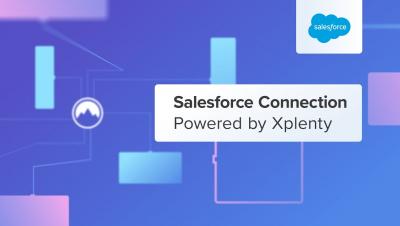Salesforce Heroku Connect
Xplenty supports pulling data from and sending data to Heroku Postgres, which can then be used in applications or synced to Salesforce with Heroku Connect. Quickly implement a wide range of data transformations without code, while adhering to your region's data compliance laws.








